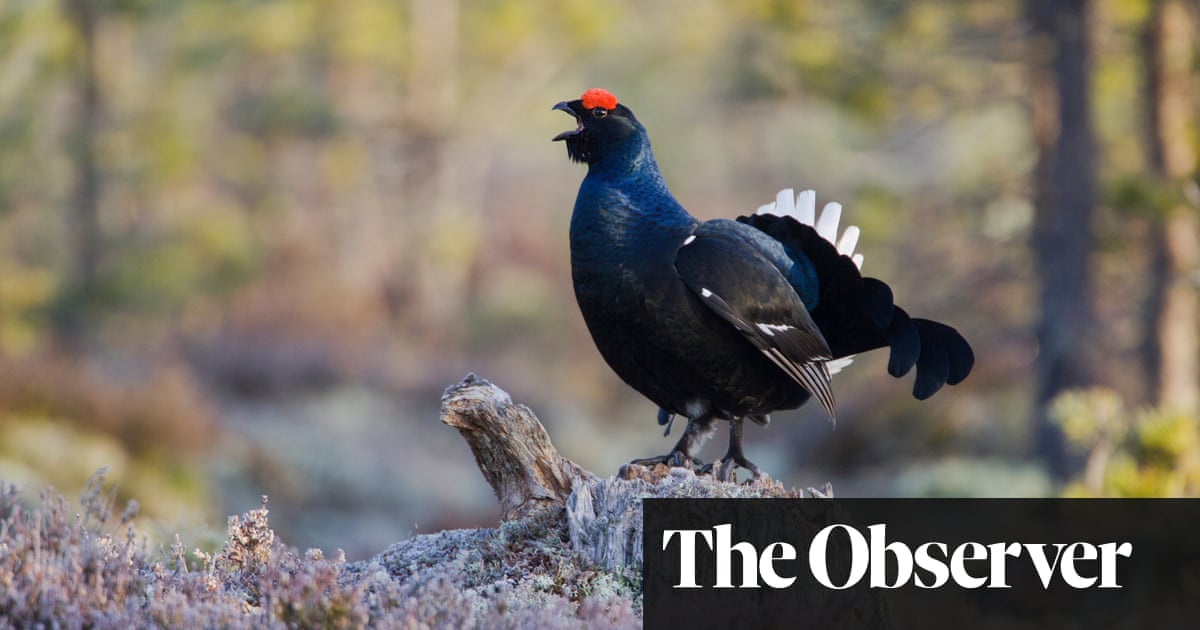
Some of Scotland’s most famous bird species, including grouse and kestrels, are among those declining as a result of climate change, a new report has found.
The study, by public body NatureScot, charted the populations of Scotland’s terrestrial breeding birds between 1994 and 2022. It found significant changes to the numbers and species of birds living in the country’s urban, woodland, upland and farmland habitats, in large part due to hotter and wetter weather related to the climate crisis.
Some species have increased their populations due to warmer summers, attracting those which would not traditionally travel to Scotland. These include the great spotted woodpecker, whose numbers have increased by more than 500%, and bullfinches and wrens, which have each seen an increase of more than 50%.
For some birds, says NatureScot, Scotland is becoming a “climate refuge” as its temperatures climb closer to those preferred by species used to warmer environments.
One such bird is the willow warbler, which historically has bred in Europe and migrated to southern Africa in winter, but which has increased its population in Scotland by more than 50% since 1994.
Some species such as goldfinches and magpies are now twice as populous on Scotland’s farmland as they were in 1994.
But others have declined steadily since the 1990s. Black grouse, kestrels, greenfinches and lapwings have each seen their numbers reduced by more than 50% owing to factors including increased rainfall in summer, alongside the expansion of forests and changes to land management practices.
Oystercatchers, rooks and skylarks are also among those in decline, as is the capercaillie – a type of large woodland grouse which has protected status in Scotland but which has been close to extinction for about 20 years. Its decline is thought to be related in part to changing temperatures and patterns of rainfall. Only four of the 66 species monitored remained stable over the 28-year period.
Simon Foster, NatureScot trends and indicators analyst, said climate was “one of the key drivers of change for Scotland’s breeding birds”.
“This report shows how our weather today will affect bird populations in future years,” Foster said.
“With extreme weather such as flooding and heat becoming more prevalent, we must ensure that improving Scotland’s nature and habitats uses the latest science to help deliver the best results.”
Initiatives such as the diversification of woodland, peatland restoration schemes and work by farmers to create new habitats are among those which need to be intensified in coming years in order to reverse and restore these declines, Foster said.
Terrestrial breeding birds are understood to be good indicators of overall biodiversity because they respond quickly to changes in habitat. Their overall numbers declined steeply between 2021 and 2022 in Scotland despite warm temperatures, a change which researchers suggest may be linked to the country experiencing its driest summer in 25 years.
Catherine Gee, the deputy chief executive of environmental charity Keep Scotland Beautiful, said Scotland’s changing climate was having a clear impact on nature, “from our native birds, insects and mammals to the plants and trees we often take for granted”.
“There is a real need for us to inspire people to connect with nature and to make biodiversity a central part of their lives – particularly in urban areas and less affluent communities,” she said.












